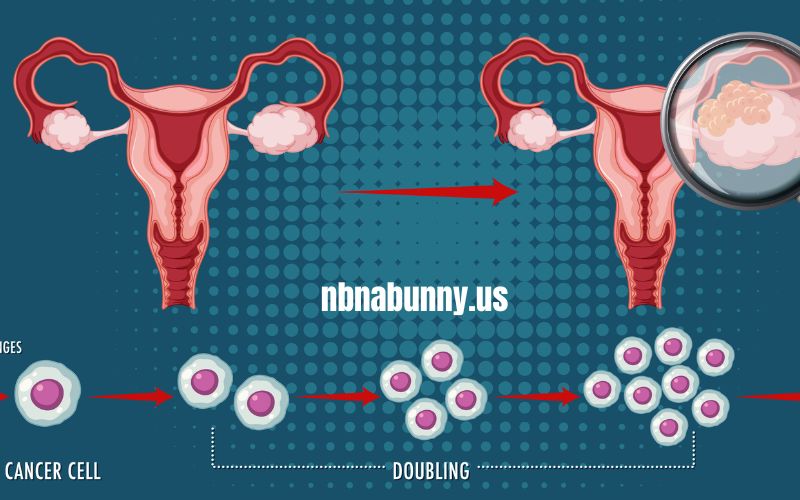The discussion around “innie vs outie vagina” often sparks curiosity and confusion, especially due to the lack of comprehensive information. Our bodies come in all shapes and sizes, and this is true for genital anatomy as well. Most people know about the difference between innie and outie belly buttons, but not many are aware that the term can also apply to the appearance of the vulva (the external female genitalia). In this article, we will explore the differences between the two, dispel some common myths, and answer frequently asked questions.
Key Points:
- The terms “innie” and “outie” can describe the appearance of the vaginal opening.
- These differences are entirely natural and can vary from person to person.
- Anatomy variations are influenced by genetics, age, and hormonal changes.
What Are Innie and Outie Vaginas?
When talking about “innie” and “outie” vaginas, the focus is often on the labia majora (the outer lips of the vulva) and how they may protrude or be more tucked in. This can be compared to the familiar terms for belly buttons, where “innie” refers to a belly button that is more recessed, and “outie” refers to a belly button that sticks out. However, it’s important to understand that the vulva’s appearance is influenced by many factors, and there is no standard or “correct” way for it to look.
The Anatomy of the Vulva
The vulva includes several external parts, most notably:
- Labia majora: The outer lips.
- Labia minora: The inner lips.
- Clitoris: A sensitive organ above the vaginal opening.
- Vaginal opening: The entrance to the vagina.
Innie vs Outie Labia Majora: The labia majora can either be more prominent (outie) or more tucked in (innie). People with “innie” labia might find that their labia are not as visible, while others with “outie” labia have more pronounced outer lips. Both are completely normal and depend on a variety of factors.
Hormonal Changes and Aging: Hormonal changes during puberty, pregnancy, and menopause can affect the shape and size of the labia. For example, as women age, they may experience a decrease in estrogen levels, which can lead to thinner and less elastic skin, affecting the appearance of the vulva.
Is There a “Normal” Look for a Vagina?
A common question that arises when discussing innie vs outie vaginas is whether there is a “normal” or “ideal” appearance for the vulva. The truth is that there is no one “normal” look. Just as every person has unique features such as nose shape, hair color, or body type, the appearance of the vulva varies widely among individuals.
Genetics Play a Role: Genetics is the primary factor influencing the shape and size of your labia. If your mother or other female relatives have a particular type of vulva, there’s a good chance you may have a similar one. However, just as your body undergoes changes throughout your life, so too can the appearance of your vulva.
Cultural Standards: In many cultures, there has been pressure to conform to certain beauty standards, including the appearance of the vulva. This has led to a growing trend in labiaplasty, a cosmetic procedure to alter the size or shape of the labia. However, it’s important to remember that there is no “perfect” vulva, and everyone’s body is different.
Can You Change the Appearance of Your Vulva?
While it is not possible to permanently change the appearance of your vulva through natural methods, some people choose to undergo surgery if they are unhappy with their appearance. Labiaplasty is the most common procedure for altering the size and shape of the labia, and some people opt for this surgery for cosmetic reasons, while others may do so due to physical discomfort.
However, it’s important to consult with a healthcare professional before making any decisions regarding surgery. They can guide you through the pros and cons and help you determine if it’s the right option for you.
| Procedure | Purpose | Risks |
| Labiaplasty | Cosmetic surgery to reduce labia size | Infection, scarring, loss of sensation |
| Non-surgical methods | Exercises, creams, or devices to alter shape | Temporary results, potential irritation |
Note:
Remember, there is no medical need to alter the appearance of your vulva unless it causes you pain or discomfort.
Are There Health Concerns Related to “Innie” or “Outie” Vagina?
The appearance of your vulva—whether it’s an innie or outie—does not typically cause any health concerns. However, there are a few situations where changes in the appearance of the vulva may indicate an underlying health issue.
When to Be Concerned
If you notice sudden changes in the shape, size, or color of your vulva, it’s essential to see a healthcare provider. Some signs to watch out for include:
- Pain or discomfort during intercourse.
- Redness, swelling, or unusual lumps.
- Persistent itching or burning sensations.
These could be signs of infections such as yeast infections, or in rare cases, more serious conditions like vulvar cancer.
Note:
If you experience any changes or discomfort in your genital area, seek professional advice to rule out health issues.
Conclusion: Embracing Diversity in Vulva Appearance
Innie vs outie vaginas are simply natural variations in the appearance of the vulva, with no inherent health concerns. It’s essential to remember that the way your vulva looks is unique to you and can change over time due to factors like age, hormones, and genetics. While some people may choose to alter their appearance through surgery, most variations are completely normal and healthy. Always prioritize your comfort and well-being, and seek medical advice if you have any concerns.
FAQ’s About Innie vs Outie Vagina
- Is it normal to have an outie vagina? Yes, having an “outie” vagina is completely normal. Every person’s body is unique, and the appearance of the vulva can vary widely.
- Can I change the shape of my vulva naturally? No, the natural shape of your vulva is determined by genetics and hormonal changes. Surgery like labiaplasty is the only way to change it permanently.
- Does an innie or outie vagina affect sexual pleasure? No, the appearance of the vulva does not impact sexual pleasure. Sensitivity is more related to the clitoris and other internal factors.
- Are there any health risks with having an innie or outie vagina? No, both innie and outie vaginas are healthy. However, if you experience discomfort or changes in appearance, consult a healthcare provider.
- What should I do if my vulva changes in size or shape? If you notice unusual changes in size, shape, or experience discomfort, it’s essential to consult a healthcare provider to rule out any potential issues.


